Use this nursing care plan and management guide to provide care for patients with hyperthyroidism. Enhance your understanding of nursing assessment, interventions, goals, and nursing diagnosis, all specifically tailored to address the unique needs of individuals with hyperthyroidism.
What is Hyperthyroidism?
Hyperthyroidism, also known as Grave’s disease, Basedow’s disease, or thyrotoxicosis is a metabolic imbalance that results from the overproduction of thyroid hormones triiodothyronine (T3) and thyroxine (T4). The most common form is Graves’ disease, but other forms of hyperthyroidism include toxic adenoma, TSH-secreting pituitary tumor, subacute or silent thyroiditis, and some forms of thyroid cancer.
A thyroid storm is a rarely encountered manifestation of hyperthyroidism that can be precipitated by such events as thyroid ablation (surgical or radioiodine), medication overdosage, and trauma. This condition constitutes a medical emergency.
Nursing Care Plans and Management
The nursing care plan and management for patients with hyperthyroidism are focused on promoting optimal thyroid hormone balance, symptom management, and patient education. These goals include ensuring adherence to medication regimen, monitoring vital signs, and assessing for signs of thyroid storm.
Nursing Problem Priorities
The following are the nursing priorities for patients with hyperthyroidism:
- Monitor thyroid function and hormone levels regularly.
- Administer appropriate medications, such as antithyroid drugs or beta blockers.
- Monitor and manage symptoms associated with hyperthyroidism, such as rapid heart rate or weight loss.
Nursing Assessment
Assess for the following subjective and objective data:
- Rapid heartbeat (tachycardia)
- Increased appetite and unintentional weight loss
- Excessive sweating and heat intolerance
- Nervousness, irritability, and anxiety
- Tremors or shaking of the hands
- Fatigue or muscle weakness
- Difficulty sleeping (insomnia)
- Changes in menstrual patterns
- Frequent bowel movements or diarrhea
- Enlarged thyroid gland (goiter)
- Fine, brittle hair and thinning of the skin
- Bulging eyes (exophthalmos) in Graves’ disease, a specific form of hyperthyroidism.
Nursing Diagnosis
Following a thorough assessment, a nursing diagnosis is formulated to specifically address the challenges associated with hyperthyroidism based on the nurse’s clinical judgement and understanding of the patient’s unique health condition. While nursing diagnoses serve as a framework for organizing care, their usefulness may vary in different clinical situations. In real-life clinical settings, it is important to note that the use of specific nursing diagnostic labels may not be as prominent or commonly utilized as other components of the care plan. It is ultimately the nurse’s clinical expertise and judgment that shape the care plan to meet the unique needs of each patient, prioritizing their health concerns and priorities.
Nursing Goals
Goals and expected outcomes may include:
- The client will maintain adequate cardiac output for tissue needs as evidenced by stable vital signs, palpable peripheral pulses, good capillary refill, usual mentation, and absence of dysrhythmias.
- The client will verbalize an increase in the level of energy.
- The client will display an improved ability to participate in desired activities.
- The client will maintain the usual reality orientation.
- The client will recognize changes in thinking/behavior and causative factors.
- The client will demonstrate stable weight with normal laboratory values and be free of signs of malnutrition.
- The client will report reduced anxiety to a manageable level.
- The client will maintain moist eye membranes, free of ulcerations.
- The client will identify measures to provide protection for the eyes and prevent complications.
- The client will verbalize understanding of the disease process, therapeutic needs, and potential complications.
- The client will identify the relationship of signs/symptoms to the disease process and correlate symptoms with causative factors.
- The client will initiate necessary lifestyle changes and participate in the treatment regimen.
Nursing Interventions and Actions
Therapeutic interventions and nursing actions for patients with hyperthyroidism may include:
1. Managing Cardiac Symptoms
Hyperthyroidism can cause a hypermetabolic state which leads to an increased demand for oxygen and nutrients by the body, including the heart. This increased demand can lead to an increase in cardiac load and a decrease in cardiac output, which can be further exacerbated by alterations in heart rate, rhythm, and conduction, as well as changes in venous return and vascular resistance. If left uncontrolled, these factors can contribute to a higher risk of reduced cardiac output and potentially even heart failure in patients with hyperthyroidism.
Observe signs and symptoms of severe thirst, dry mucous membranes, weak or thready pulse, poor capillary refill, decreased urinary output, and hypotension.
Rapid dehydration can occur, which reduces the circulating volume and compromises cardiac output.
Note history of asthma and bronchoconstrictive disease, sinus bradycardia and heart blocks, advanced HF, or current pregnancy.
The presence or potential recurrence of these conditions affects the choice of therapy. For example, use of [beta]-adrenergic blocking agents are contraindicated.
Observe for adverse side effects of adrenergic antagonists: severe decrease in pulse, BP; signs of vascular congestion/HF; cardiac arrest.
Indicates the need for reduction or discontinuation of therapy.
Investigate reports of chest pain or angina.
This may reflect increased myocardial oxygen demands or ischemia.
Assess pulse and heart rate while the patient is sleeping.
Provides a more accurate assessment of tachycardia.
Auscultate heart sounds, note extra heart sounds, development of gallops, and systolic murmurs.
Prominent S1 and murmurs are associated with a forceful cardiac output of a hypermetabolic state; the development of S3 may warn of impending cardiac failure.
Auscultate breath sounds. Note adventitious sounds.
An early sign of pulmonary congestion, reflecting developing cardiac failure.
Monitor BP lying, sitting, and standing, if able. Note widened pulse pressure.
General or orthostatic hypotension may occur as a result of excessive peripheral vasodilation and decreased circulating volume. Widened pulse pressure reflects a compensatory increase in stroke volume and decreased systemic vascular resistance (SVR).
Monitor temperature; provide a cool environment, limit bed linens or clothes, and administer tepid sponge baths.
Fever (may exceed 104°F) may occur as a result of excessive hormone levels and can aggravate diuresis and/or dehydration and cause increased peripheral vasodilation, venous pooling, and hypotension.
Record I&O. Note urine specific gravity.
Significant fluid losses through vomiting, diarrhea, diuresis, and diaphoresis can lead to profound dehydration, concentrated urine, and weight loss.
Weigh daily. Encourage chair rest or bed rest. Limit unnecessary activities.
Activity increases metabolic and circulatory demands, which may potentiate cardiac failure.
Monitor ECG, noting rate and rhythm. Document dysrhythmias.
Tachycardia (greater than normally expected with fever and/or increased circulatory demand) may reflect direct myocardial stimulation by thyroid hormone. Dysrhythmias often occur and may compromise cardiac output.
Monitor central venous pressure (CVP), if available.
Provides a more direct measure of circulating volume and cardiac function.
Monitor laboratory and diagnostic studies.
See Laboratory and Diagnostic Procedures
Provide supplemental O2 as indicated.
May be necessary to support increased metabolic demands and/or O2 consumption.
Provide a hypothermia blanket as indicated.
Occasionally used to lower uncontrolled hyperthermia (104°F and higher) to reduce metabolic demands/O2 consumption and cardiac workload.
Administer IV fluids as indicated.
Rapid fluid replacement may be necessary to improve circulating volume but must be balanced against signs of cardiac failure and the need for inotropic support.
Administer medications as indicated.
See Pharmacologic Management
Administer transfusions; assist with plasmapheresis, hemoperfusion, and dialysis.
May be done to achieve rapid depletion of the extrathyroidal hormone pool in a desperately ill or comatose patient.
Prepare for possible surgery.
Subtotal thyroidectomy (removal of five-sixths of the gland) may be the treatment of choice for hyperthyroidism once a euthyroid state is achieved.
2. Preventing Fatigue and Enhancing Energy Balance
Fatigue is a common symptom of hyperthyroidism, which can be related to the hypermetabolic state that increases the demand for energy in the body, leading to exhaustion. The hyperactivity of the central nervous system and alterations in body chemistry, including changes in hormone levels and electrolyte imbalances, can contribute to feelings of fatigue and weakness in individuals with hyperthyroidism.
Monitor vital signs, noting pulse rate at rest and when active.
Pulse is typically elevated and, even at rest, tachycardia (up to 160 beats/min) may be noted.
Note the development of tachypnea, dyspnea, pallor, and cyanosis.
O2 demand and consumption are increased in the hypermetabolic state, potentiating the risk of hypoxia with activity.
Provide a quiet environment; cool room, decreased sensory stimuli, soothing colors, and quiet music.
Reduces stimuli that may aggravate agitation, hyperactivity, and insomnia.
Encourage the patient to restrict activity and rest in bed as much as possible.
Helps counteract the effects of increased metabolism.
Provide comfort measures: touch therapy or massage, cool showers. Patients with dyspnea will be most comfortable sitting in a high Fowler’s position.
May decrease nervous energy, promoting relaxation.
Provide diversional activities that are calming, e.g., reading, radio, and television.
Allows for use of nervous energy in a constructive manner and may reduce anxiety.
Avoid topics that irritate or upset patients. Discuss ways to respond to these feelings.
Increased irritability of the CNS may cause the patient to be easily excited, agitated, and prone to emotional outbursts.
Discuss with SO reasons for fatigue and emotional lability.
Understanding that the behavior is physically based may enhance coping with the current situation and encourage SO to respond positively and provide support for the patient.
Administer medications as indicated: Sedatives such as phenobarbital (Luminal); antianxiety agents; chlordiazepoxide (Librium)
See Pharmacologic Management
3. Maintaining Adequate Nutrition Balance
Patients with hyperthyroidism often experience weight loss due to increased metabolic rate, decreased appetite, and increased nutrient utilization. The excess production of thyroid hormones speeds up the body’s metabolism, causing a higher rate of calorie burning and subsequent weight loss. Moreover, the increased metabolic activity may lead to increased nutrient requirements and nutrient depletion, necessitating a focus on adequate nutrition and nutrient supplementation to address potential deficiencies.
Monitor daily food intake. Weigh daily and report losses.
Continued weight loss in the face of adequate caloric intake may indicate failure of antithyroid therapy.
Encourage the patient to eat and increase the number of meals and snacks. Give or suggest high-calorie foods that are easily digested.
Aids in keeping caloric intake high enough to keep up with the rapid expenditure of calories caused by the hypermetabolic state.
Provide a balanced diet, with six meals per day.
To promote weight gain. Note: If the patient has edema, suggest a low-sodium diet.
Avoid foods that increase peristalsis and fluids that cause diarrhea.
Increased motility of the GI tract may result in diarrhea and impair the absorption of needed nutrients.
Consult with a dietitian to provide a diet high in calories, protein, carbohydrates, and vitamins.
May need assistance to ensure adequate intake of nutrients, and identify appropriate supplements.
Administer medications as indicated: glucose, vitamin B complex, and insulin (small doses).
Given to meet energy requirements and prevent or correct hypoglycemia. Insulin aids in controlling serum glucose if elevated.
4. Reducing Anxiety and Providing Emotional Support
Anxiety is a common symptom of hyperthyroidism, which can be related to the hypermetabolic state that increases the body’s production of stress hormones, such as cortisol, and the pseudo-catecholamine effect of thyroid hormones. This can lead to an overstimulation of the sympathetic nervous system, causing symptoms of anxiety, nervousness, and irritability in individuals with hyperthyroidism.
Observe behavior indicative of the level of anxiety.
Mild anxiety may be displayed by irritability and insomnia. Severe anxiety progressing to the panic state may produce feelings of impending doom, terror, inability to speak or move, shouting, or swearing.
Monitor physical responses, noting palpitations, repetitive movements, hyperventilation, and insomnia.
Increased number of [beta]-adrenergic receptor sites, coupled with effects of excess thyroid hormones, produce clinical manifestations of catecholamine excess even when normal levels of norepinephrine or epinephrine exist.
Stay with the patient, maintaining a calm manner. Acknowledge fear and allow the patient’s behavior to belong to the patient.
Affirms to the patient or SO that although the patient feels out of control, the environment is safe. Avoiding personal responses to inappropriate remarks or actions prevents conflicts or overreactions to a stressful situation.
Describe and explain procedures, the surrounding environment, or sounds that may be heard by the patient.
Provides accurate information, which reduces distortions and confusion that can contribute to anxiety and/or fear reactions.
Speak in brief statements. Use simple words.
Attention span may be shortened, and concentration reduced, limiting the ability to assimilate information.
Reduce external stimuli: Place in a quiet room; provide soft, soothing music; reduce bright lights; reduce the number of persons having contact with the patient.
Creates a therapeutic environment; shows recognition that unit activity or personnel may increase patient’s anxiety.
Discuss with the patient and/or SO reasons for emotional lability and/or psychotic reaction.
Understanding that behavior is physically based enhances acceptance of the situation and encourages different responses and approaches.
Reinforce the expectation that emotional control should return as drug therapy progresses.
Provides information and reassures the patient that the situation is temporary and will improve with treatment.
Administer antianxiety agents or sedatives and monitor their effects.
May be used in conjunction with a medical regimen to reduce the effects of hyperthyroid secretion.
Refer to support systems as needed: counseling, social services, pastoral care.
Ongoing therapy support may be desired or required by the patient/SO if the crisis precipitates lifestyle alterations
5. Maintaining Tissue Integrity
Due to alterations in the protective mechanisms of the eye, including impaired closure of the eyelid and the development of exophthalmos (protrusion of the eyeball). These changes can lead to an increased risk of eye infections, corneal ulcers, and other complications that can impair tissue integrity and compromise visual function in individuals with hyperthyroidism.
Encourage the use of dark glasses when awake and taping the eyelids shut during sleep as needed. Suggest the use of sunglasses or eyepatch. Moisten conjunctiva often with isotonic eye drops.
Protects exposed cornea if the patient is unable to close eyelids completely because of edema or fibrosis of fat pads and/or exophthalmos.
Elevate the head of the bed and restrict salt intake if indicated.
Decreases tissue edema when appropriate: HF, which can aggravate existing exophthalmos.
Instruct patient in extraocular muscle exercises if appropriate.
Improves circulation and maintains the mobility of the eyelids.
Provide an opportunity for the patient to discuss feelings about altered appearance and measures to enhance self-image.
Protruding eyes may be viewed as unattractive. Appearance can be enhanced with the proper use of makeup, overall grooming, and the use of shaded glasses.
Administer medications as indicated.
See Pharmacologic Management
Prepare for possible surgery as indicated.
Eyelids may need to be sutured shut temporarily to protect the corneas until edema resolves (rare) or increasing space within the sinus cavity and adjusting musculature may return the eye to a more normal position.
6. Improving Thought Processes
Patients with hyperthyroidism may experience changes in their thought processes due to the effects of excess thyroid hormone on the brain and nervous system. These changes can include increased irritability, anxiety, restlessness, difficulty concentrating, and rapid or racing thoughts.
Assess the thinking process. Determine attention span, and orientation to place, person, or time.
Determines the extent of interference with sensory processing
Note changes in behavior.
May be hypervigilant, restless, extremely sensitive, or crying or may develop frank psychosis.
Assess the level of anxiety.
Anxiety may alter thought processes.
Provide a quiet environment; decreased stimuli, cool room, dim lights. Limit procedures and/or personnel.
Reduction of external stimuli may decrease hyperactivity or reflexes, CNS irritability, and auditory and/or visual hallucinations.
Reorient to person, place, or time as indicated.
Helps establish and maintain awareness of reality and the environment.
Present reality concisely and briefly without challenging illogical thinking.
Limits defensive reaction.
Provide a clock, calendar, and room with an outside window; alter the level of lighting to simulate day or night.
Promotes continual orientation cues to assist the patient in maintaining a sense of normalcy.
Encourage visits by family and/or SO. Provide support as needed.
Aids in maintaining socialization and orientation. Note: The patient’s agitation and/or psychotic behavior may precipitate family conflicts.
Provide safety measures. Pad side rails, close supervision, and applying soft restraints as last resort as necessary.
Prevents injury to the patient who may be hallucinating or disoriented.
Administer medication as indicated: sedatives, antianxiety agents, and/or antipsychotic drugs.
Promotes relaxation, and reduces CNS hyperactivity and agitation to enhance thinking ability.
7. Initiating Patient Education and Health Teachings
Patient education and health teachings for patients with hyperthyroidism include providing information about the condition, its causes, symptoms, and potential complications. Patients should be educated about the importance of medication adherence, regular follow-up appointments, and lifestyle modifications such as stress management, adequate rest, and a balanced diet to support the patient’s well-being and thyroid health.
Identify signs and symptoms requiring medical evaluation: fever, sore throat, and skin eruptions.
Early identification of toxic reactions (thiourea therapy) and prompt intervention are important in preventing the development of agranulocytosis.
Monitor CBC periodically.
To detect leukopenia, thrombocytopenia, and agranulocytosis if the patient is taking propylthiouracil and methimazole. Instruct to take medications with meals to minimize GI distress and to avoid OTC cough preparations because many contain iodine.
Identify stressors and discuss precipitators to thyroid crises: personal or social and job concerns, infection, pregnancy.
Psychogenic factors are often of prime importance in the occurrence and/or exacerbation of this disease.
Review the disease process and future expectations.
Provides a knowledge base from which patients can make informed choices.
Provide information appropriate to the individual situation.
This information includes the severity of the condition, cause, age, and concurrent complications to determine the course of treatment.
Provide information about the signs and symptoms of hypothyroidism and the need for continuous follow-up care.
A patient who has been treated for hyperthyroidism needs to be aware of the possible development of hypothyroidism, which can occur immediately after treatment or as long as 5 yr later.
After Radioactive Iodine (I-131) therapy, tell the patient not to expectorate or cough freely. Stress the need for repeated measurement of serum T4 levels.
Saliva will be radioactive for 24 hours.
Discuss drug therapy, including the need for adhering to the regimen, and expected therapeutic and side effects.
Antithyroid medication (either as primary therapy or in preparation for thyroidectomy) requires adherence to a medical regimen over an extended period to inhibit hormone production. Agranulocytosis is the most serious side effect that can occur, and alternative drugs may be given if problems arise.
Explain the need to check with a physician and/or pharmacist before taking other prescribed or OTC drugs.
Antithyroid medications can affect or be affected by numerous other medications, requiring monitoring of medication levels, side effects, and interactions.
Emphasize the importance of planned rest periods.
Prevents undue fatigue; reduces metabolic demands. As the euthyroid state is achieved, stamina and activity levels will increase.
Review the need for a nutritious diet and periodic review of nutrient needs. Tell the patient to avoid caffeine, red/yellow food dyes, and artificial preservatives.
Provides adequate nutrients to support the hypermetabolic state. A hormonal imbalance is corrected, and the diet will need to be readjusted to prevent excessive weight gain. Irritants and stimulants should be limited to avoid cumulative systemic effects.
Stress the necessity of continued medical follow-up.
Necessary for monitoring the effectiveness of therapy and prevention of potentially fatal complications.
8. Administer Medications and Provide Pharmacologic Support
Medications used for the management of hyperthyroidism may include antithyroid drugs such as methimazole or propylthiouracil, which work to reduce the production of thyroid hormones. Beta-blockers like propranolol may be prescribed to alleviate symptoms such as rapid heart rate, tremors, and anxiety. These medications help to regulate thyroid hormone levels and alleviate the associated symptoms and promote thyroid function.
Thyroid hormone antagonists: propylthiouracil (PTU), methimazole (Tapazole)
May be a definitive treatment or used to prepare the patient for surgery, but the effect is slow and so may not relieve thyroid storm. Once PTU therapy is begun, abrupt withdrawal may precipitate a thyroid crisis. Acts to prevent the release of thyroid hormone into circulation by increasing the amount of thyroid hormone stored within the gland. May interfere with RAI treatment and may exacerbate the disease in some people.
Beta-blockers: propranolol (Inderal), atenolol (Tenormin), nadolol (Corgard), pindolol (Visken)
Given to control the thyrotoxic effects of tachycardia, tremors, and nervousness, and is the first drug of choice for an acute storm. Decreases heart rate or cardiac work by blocking [beta]-adrenergic receptor sites and blocking the conversion of T4 to T3. If severe bradycardia develops, atropine may be required. Blocks thyroid hormone synthesis and inhibits the peripheral conversion of T4 to T3.
Strong iodine solution (Lugol’s solution) or supersaturated potassium iodide (SSKI) PO
May be used as surgical preparation to decrease the size and vascularity of the gland or to treat thyroid storm. Should be started 1–3 hr after initiation of antithyroid drug therapy to minimize hormone formation from the iodine. If iodide is part of the treatment, mix it with milk juice, or water to prevent GI distress and administer it through a straw to prevent tooth discoloration.
RAI (Na131I or Na125I) following NRC regulations for radiopharmaceutical
Radioactive iodine therapy is the treatment of choice for almost all patients with Graves’ disease because it destroys abnormally functioning gland tissue. Peak results take 6–12 wk (several treatments may be necessary); however, a single dose controls hyperthyroidism in about 90% of patients. This therapy is contraindicated during pregnancy. Also, people preparing or administering the dose must have their own thyroid burden measured, and contaminated supplies and equipment must be monitored and stored until decayed.
Corticosteroids: dexamethasone (Decadron)
Provides glucocorticoid support. Decreases hyperthermia; relieves relative adrenal insufficiency; inhibits calcium absorption; and reduces the peripheral conversion of T3 from T4. May be given before thyroidectomy and discontinued after surgery.
Digoxin (Lanoxin)
Digitalization may be required in patients with HF before [beta]-adrenergic blocking therapy can be considered or safely initiated.
Potassium (KCl, K-Lyte)
Increased losses of K+ through intestinal and/or renal routes may result in dysrhythmias if not corrected.
Acetaminophen (Tylenol)
Drug of choice to reduce temperature and associated metabolic demands. Aspirin is contraindicated because it actually increases the level of circulating thyroid hormones by blocking the binding of T3 and T4 with thyroid-binding proteins.
Sedative, barbiturates
Promotes rest, thereby reducing metabolic demands and cardiac workload.
Furosemide (Lasix)
Diuresis may be necessary if HF occurs. It also may be effective in reducing calcium level if the neuromuscular function is impaired.
Muscle relaxants
Reduces shivering associated with hyperthermia, which can further increase metabolic demands.
Sedatives such as phenobarbital (Luminal); antianxiety agents; chlordiazepoxide (Librium)
Combats nervousness, hyperactivity, and insomnia.
Methylcellulose drops
Lubricates the eyes, reducing the risk of lesion formation.
Adrenocorticotropic hormone (ACTH), prednisone
Given to decrease rapidly progressive and marked inflammation.
Antithyroid drugs
May decrease signs and symptoms or prevent the worsening of the condition.
9. Monitoring Results of Diagnostic and Laboratory Procedures
Laboratory and diagnostic procedures for patients with hyperthyroidism commonly include thyroid function tests such as measurement of thyroid-stimulating hormone (TSH), free thyroxine (FT4), and total or free triiodothyronine (T3). These tests help evaluate the levels of thyroid hormones in the blood and determine the functioning of the thyroid gland. While potassium and calcium tests are done to assess the electrolyte balance and detect any abnormalities that may occur due to the thyroid hormone imbalance.
Serum potassium
Hypokalemia resulting from intestinal losses, altered intake, or diuretic therapy may cause dysrhythmias and compromise cardiac function/output. In the presence of thyrotoxic paralysis (primarily occurring in Asian men), close monitoring and cautious replacement are indicated because rebound hyperkalemia can occur as the condition abates releasing potassium from the cells.
Serum calcium
Elevation may alter cardiac contractility.
Sputum culture
Pulmonary infection is the most frequent precipitating factor of crisis.
Serial ECGs
May demonstrate the effects of electrolyte imbalance or ischemic changes reflecting inadequate myocardial oxygen supply in the presence of increased metabolic demands.
Chest X-rays
Cardiac enlargement may occur in response to increased circulatory demands. Pulmonary congestion may be noted with cardiac decompensation.
Recommended Resources
Recommended nursing diagnosis and nursing care plan books and resources.
Disclosure: Included below are affiliate links from Amazon at no additional cost from you. We may earn a small commission from your purchase. For more information, check out our privacy policy.
Ackley and Ladwig’s Nursing Diagnosis Handbook: An Evidence-Based Guide to Planning Care
We love this book because of its evidence-based approach to nursing interventions. This care plan handbook uses an easy, three-step system to guide you through client assessment, nursing diagnosis, and care planning. Includes step-by-step instructions showing how to implement care and evaluate outcomes, and help you build skills in diagnostic reasoning and critical thinking.

Nursing Care Plans – Nursing Diagnosis & Intervention (10th Edition)
Includes over two hundred care plans that reflect the most recent evidence-based guidelines. New to this edition are ICNP diagnoses, care plans on LGBTQ health issues, and on electrolytes and acid-base balance.

Nurse’s Pocket Guide: Diagnoses, Prioritized Interventions, and Rationales
Quick-reference tool includes all you need to identify the correct diagnoses for efficient patient care planning. The sixteenth edition includes the most recent nursing diagnoses and interventions and an alphabetized listing of nursing diagnoses covering more than 400 disorders.

Nursing Diagnosis Manual: Planning, Individualizing, and Documenting Client Care
Identify interventions to plan, individualize, and document care for more than 800 diseases and disorders. Only in the Nursing Diagnosis Manual will you find for each diagnosis subjectively and objectively – sample clinical applications, prioritized action/interventions with rationales – a documentation section, and much more!

All-in-One Nursing Care Planning Resource – E-Book: Medical-Surgical, Pediatric, Maternity, and Psychiatric-Mental Health
Includes over 100 care plans for medical-surgical, maternity/OB, pediatrics, and psychiatric and mental health. Interprofessional “patient problems” focus familiarizes you with how to speak to patients.

See also
Other recommended site resources for this nursing care plan:
- Nursing Care Plans (NCP): Ultimate Guide and Database MUST READ!
Over 150+ nursing care plans for different diseases and conditions. Includes our easy-to-follow guide on how to create nursing care plans from scratch. - Nursing Diagnosis Guide and List: All You Need to Know to Master Diagnosing
Our comprehensive guide on how to create and write diagnostic labels. Includes detailed nursing care plan guides for common nursing diagnostic labels.
Other nursing care plans related to endocrine system and metabolism disorders:
- Acid-Base Balance
- Addison’s Disease | 3 Care Plans
- Cushing’s Disease | 6 Care Plans
- Diabetes Mellitus Type 1 (Juvenile Diabetes) | 4 Care Plans
- Diabetes Mellitus Type 2 | 20 Care Plans UPDATED!
- Diabetic Ketoacidosis (DKA) and Hyperglycemic Hyperosmolar Nonketotic Syndrome (HHNS) | 4 Care Plans
- Eating Disorders: Anorexia & Bulimia Nervosa | 7 Care Plans
- Fluid and Electrolyte Imbalances
- Gestational Diabetes Mellitus | 4 Care Plans
- Hyperthyroidism | 7 Care Plans
- Hypothyroidism | 3 Care Plans
- Obesity | 5 Care Plans
- Thyroidectomy | 5 Care Plans
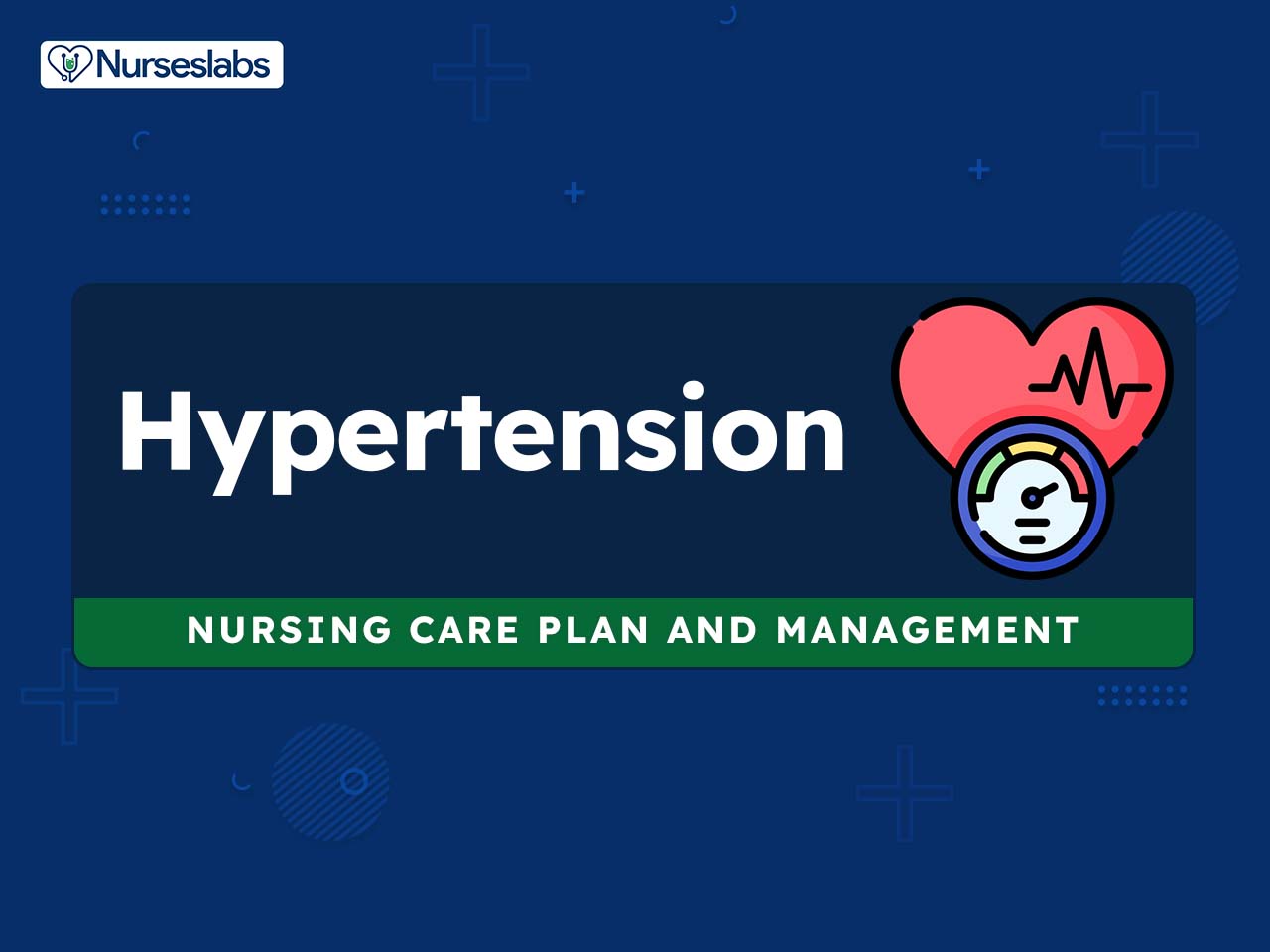
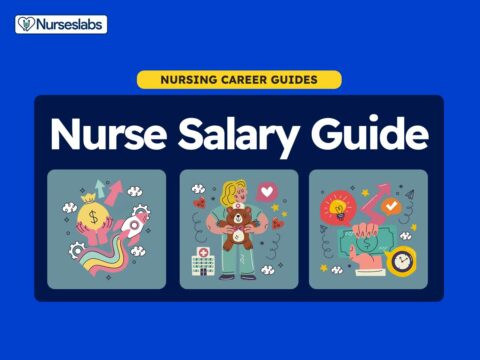


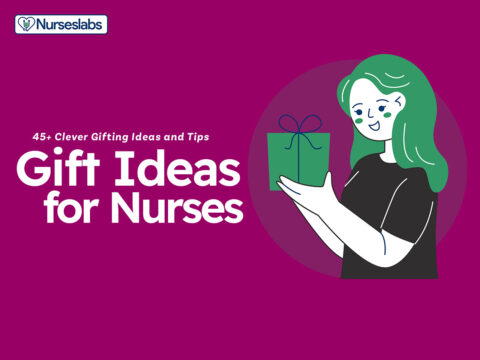
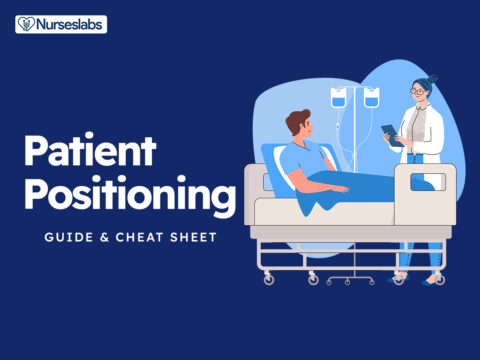



















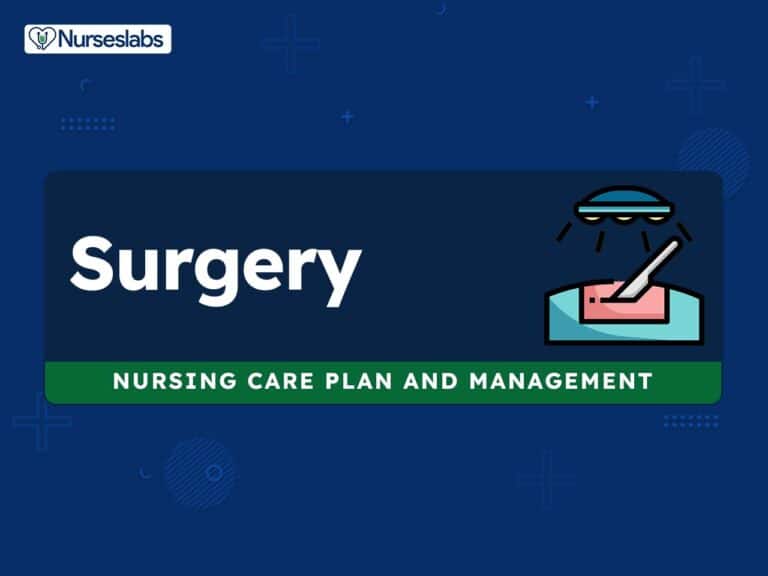
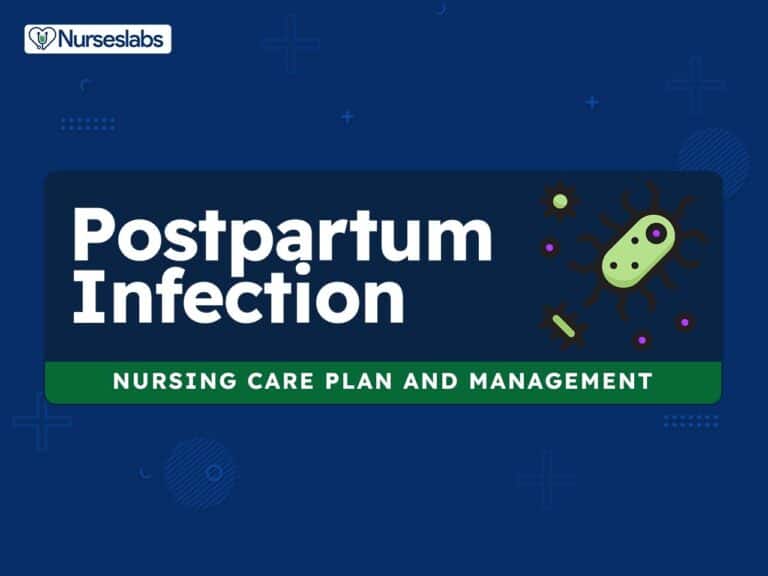
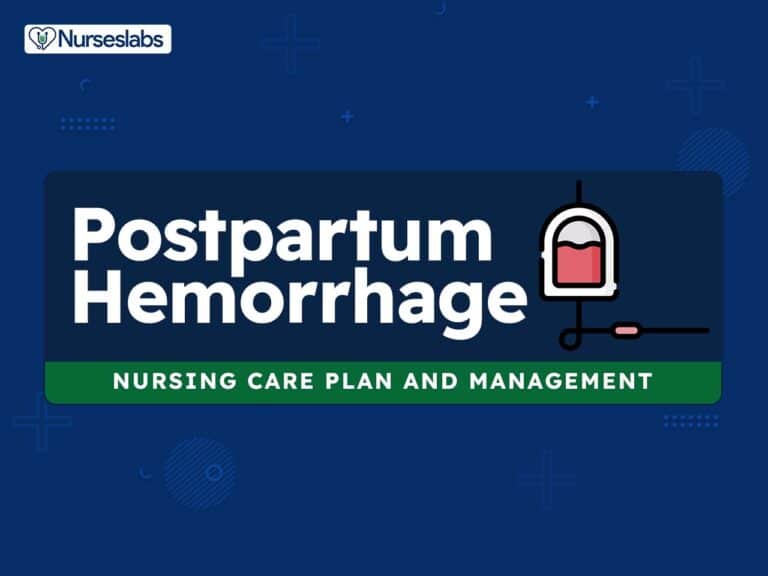
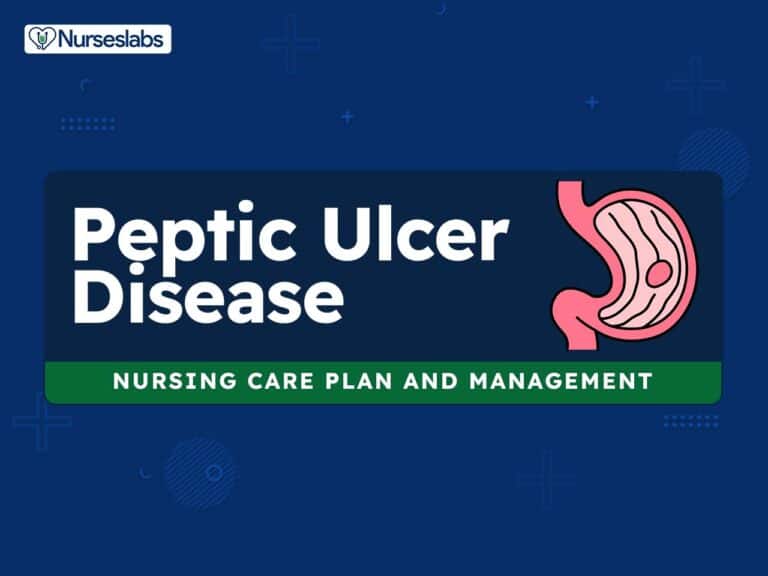
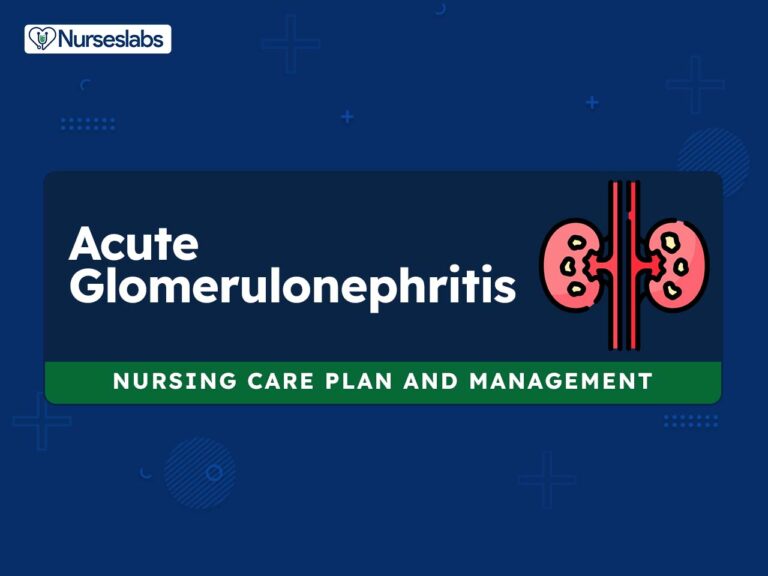
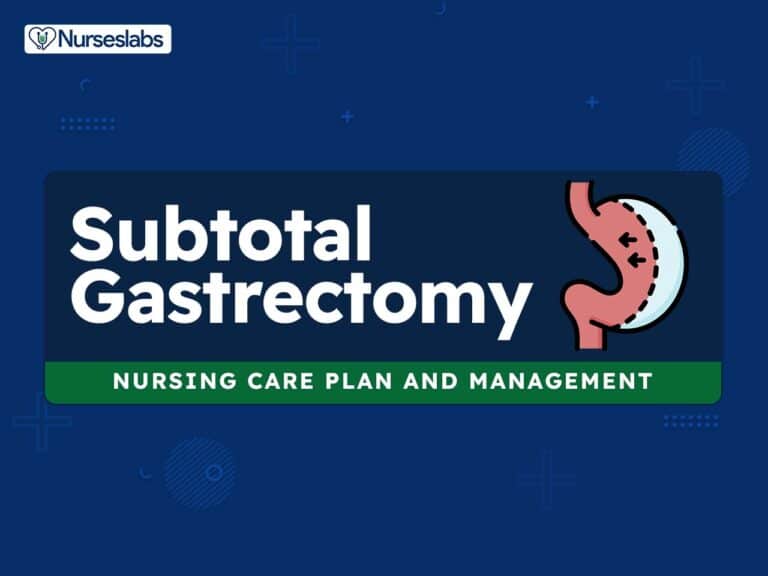
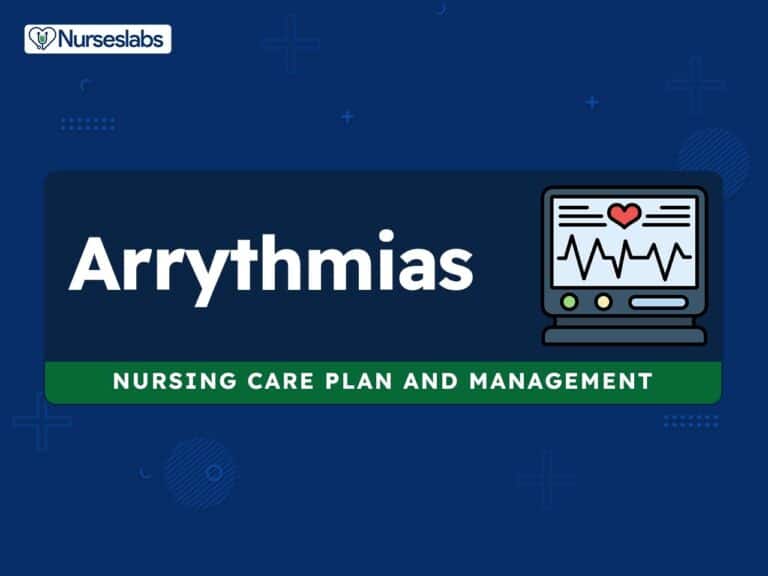
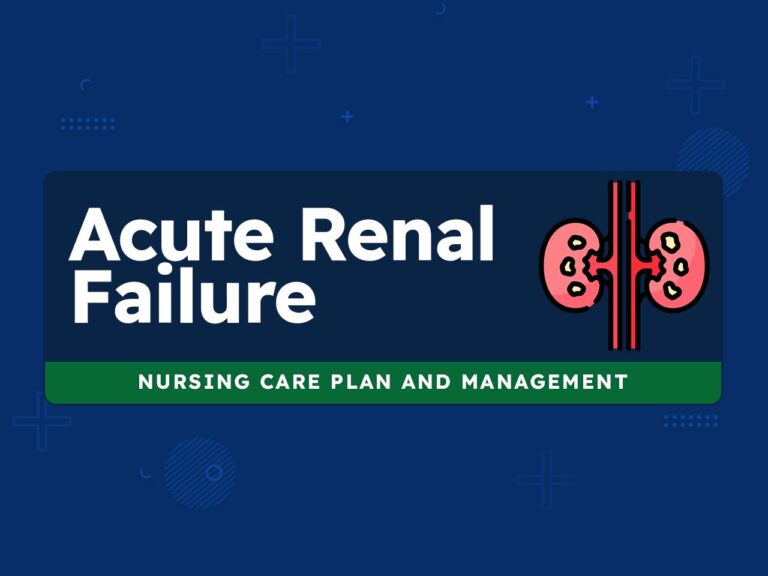
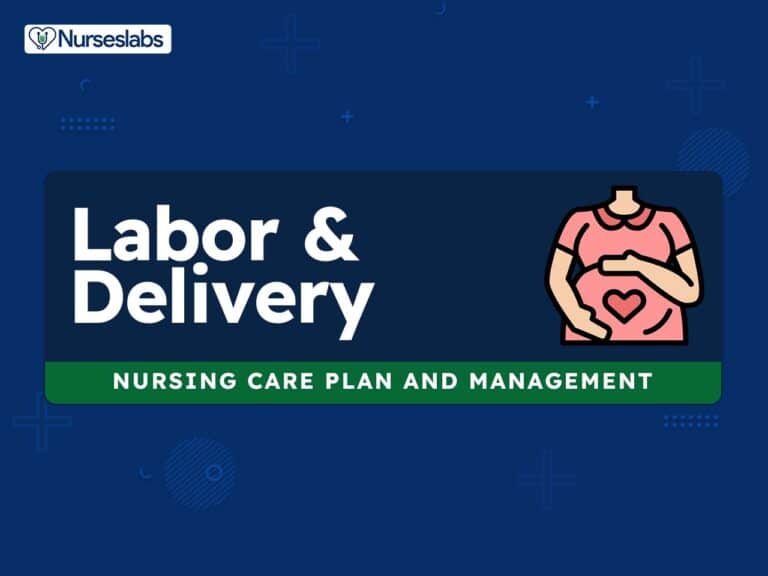
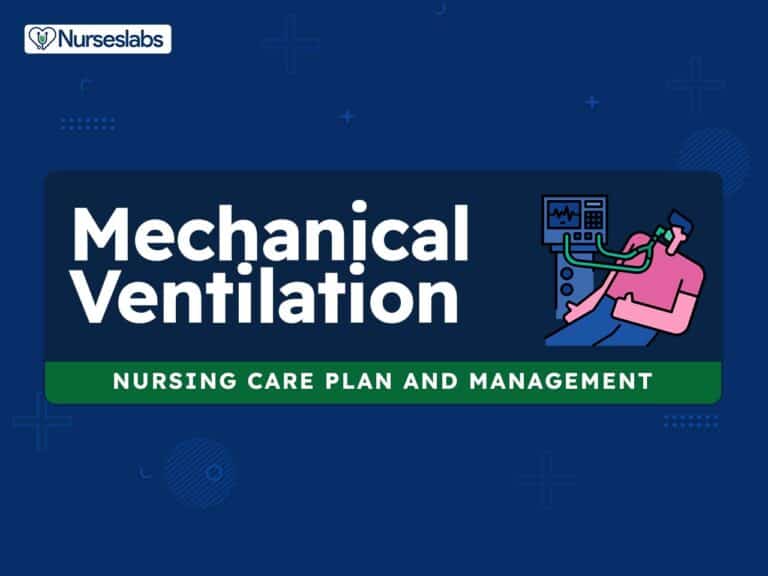
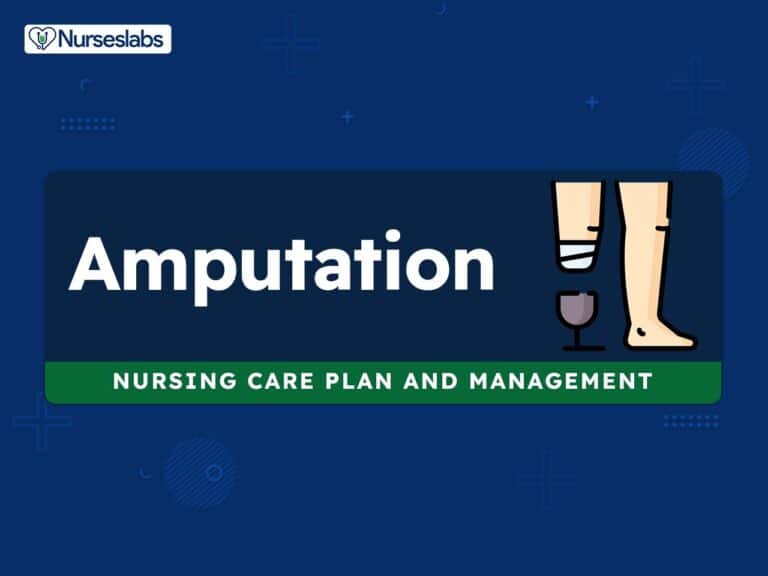
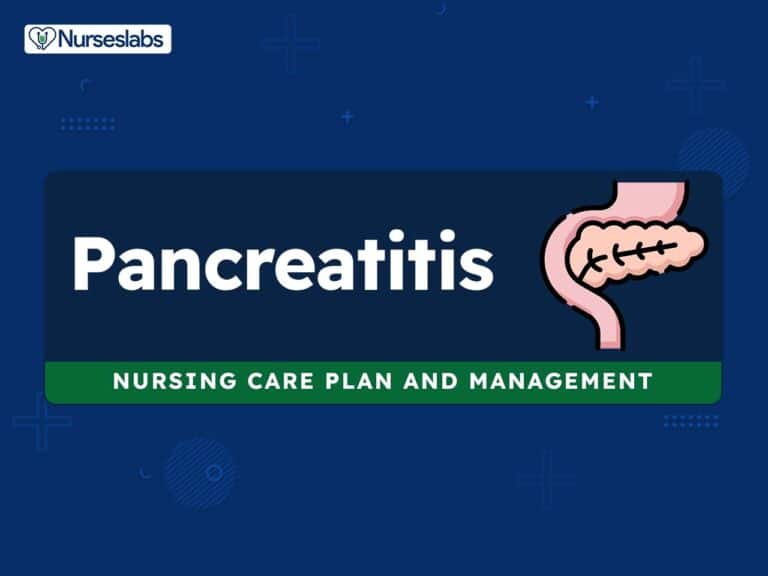
Leave a Comment